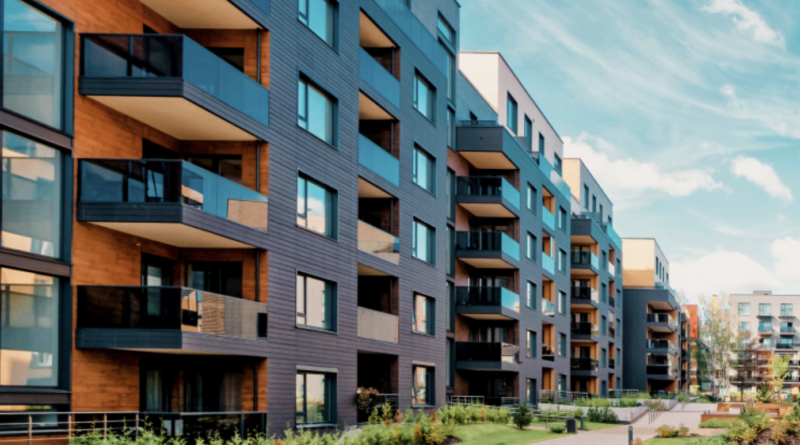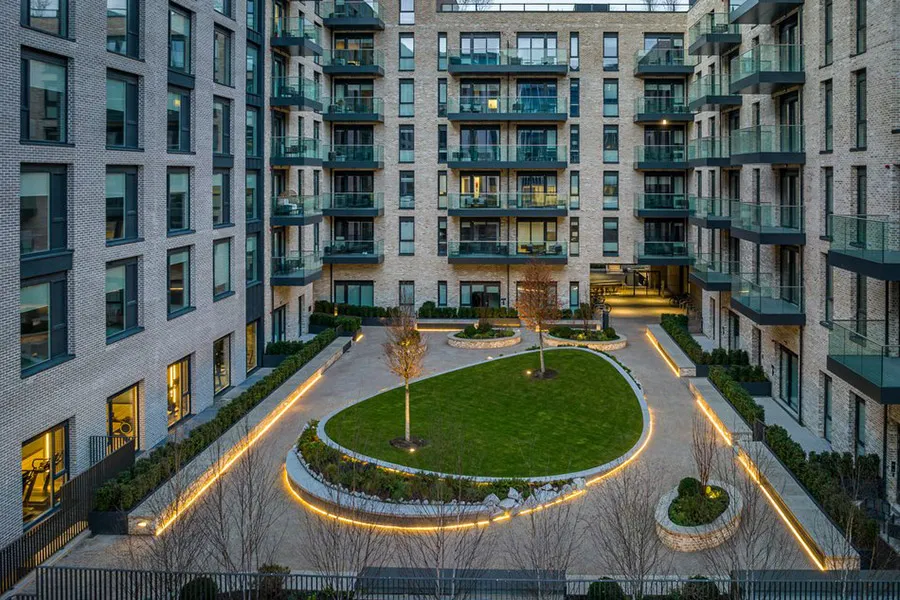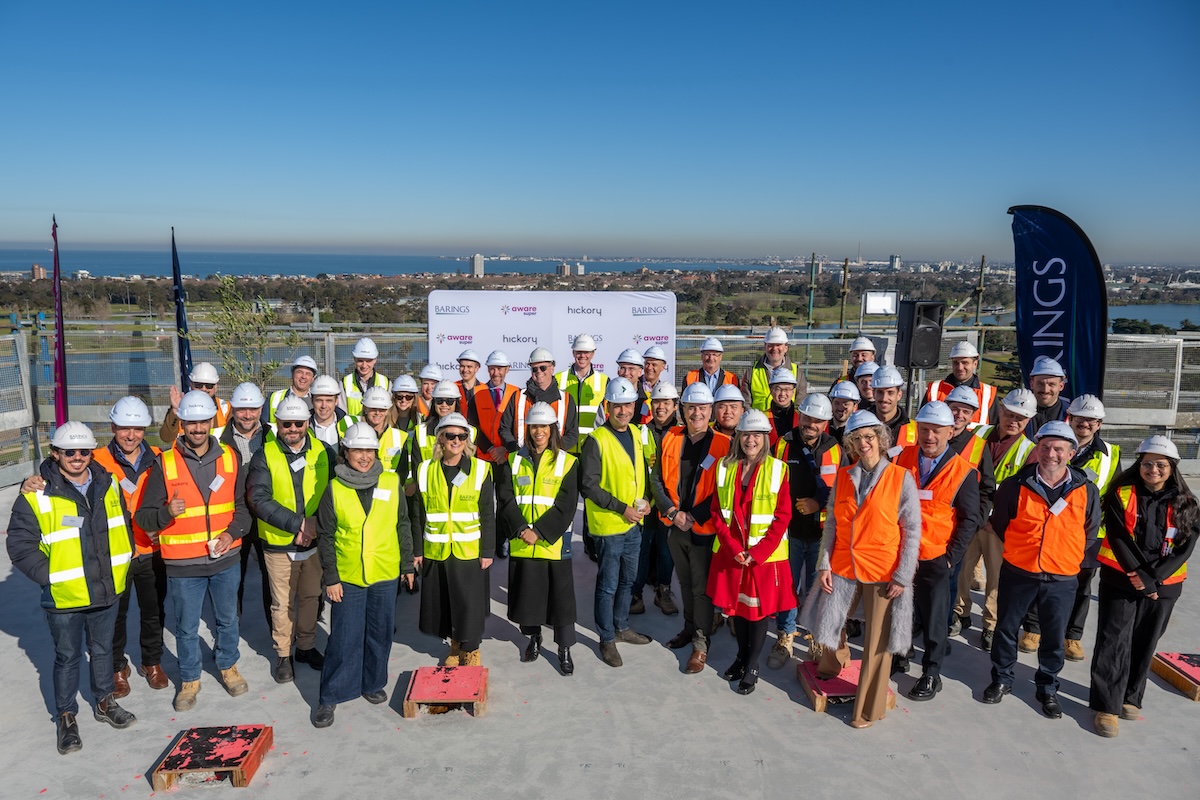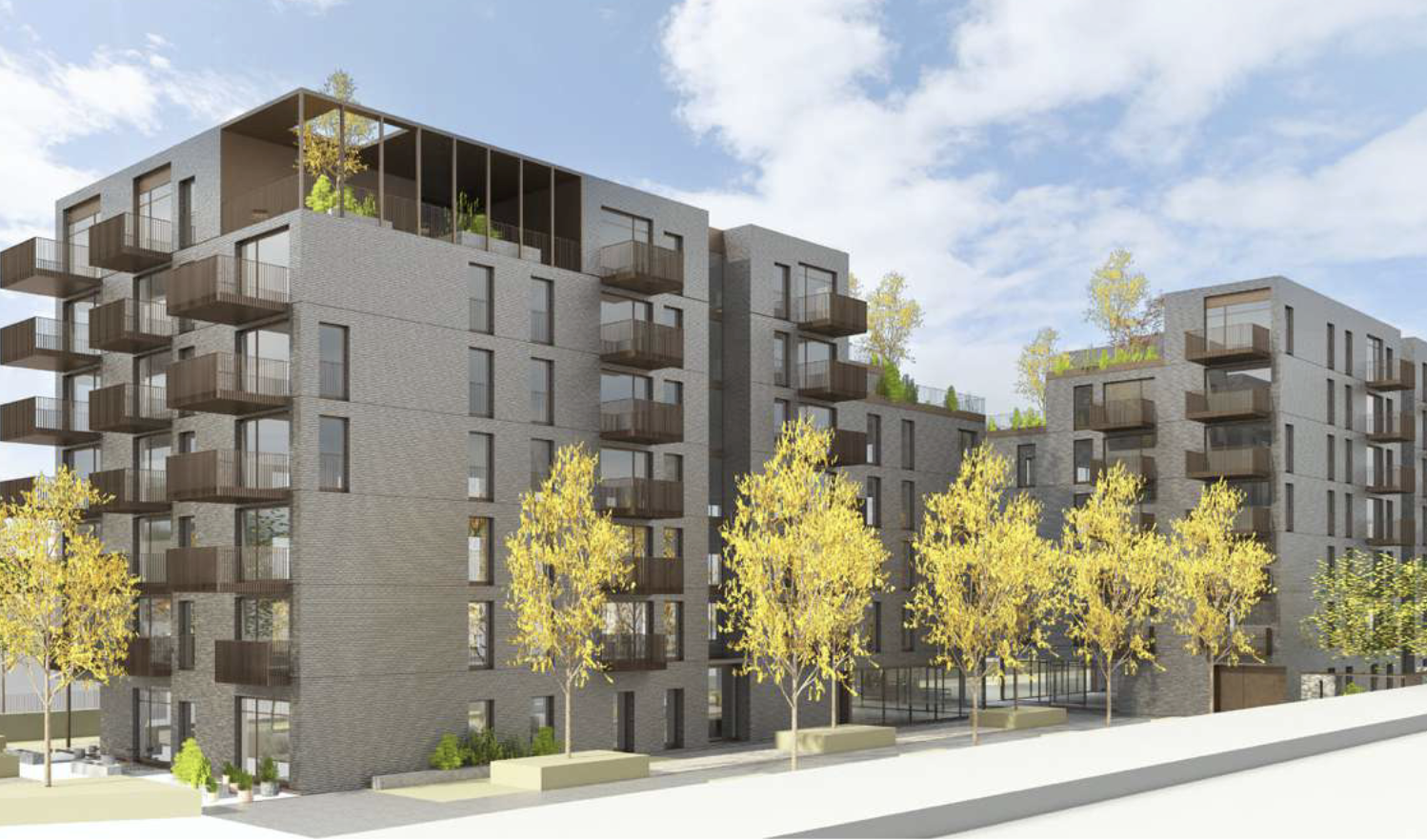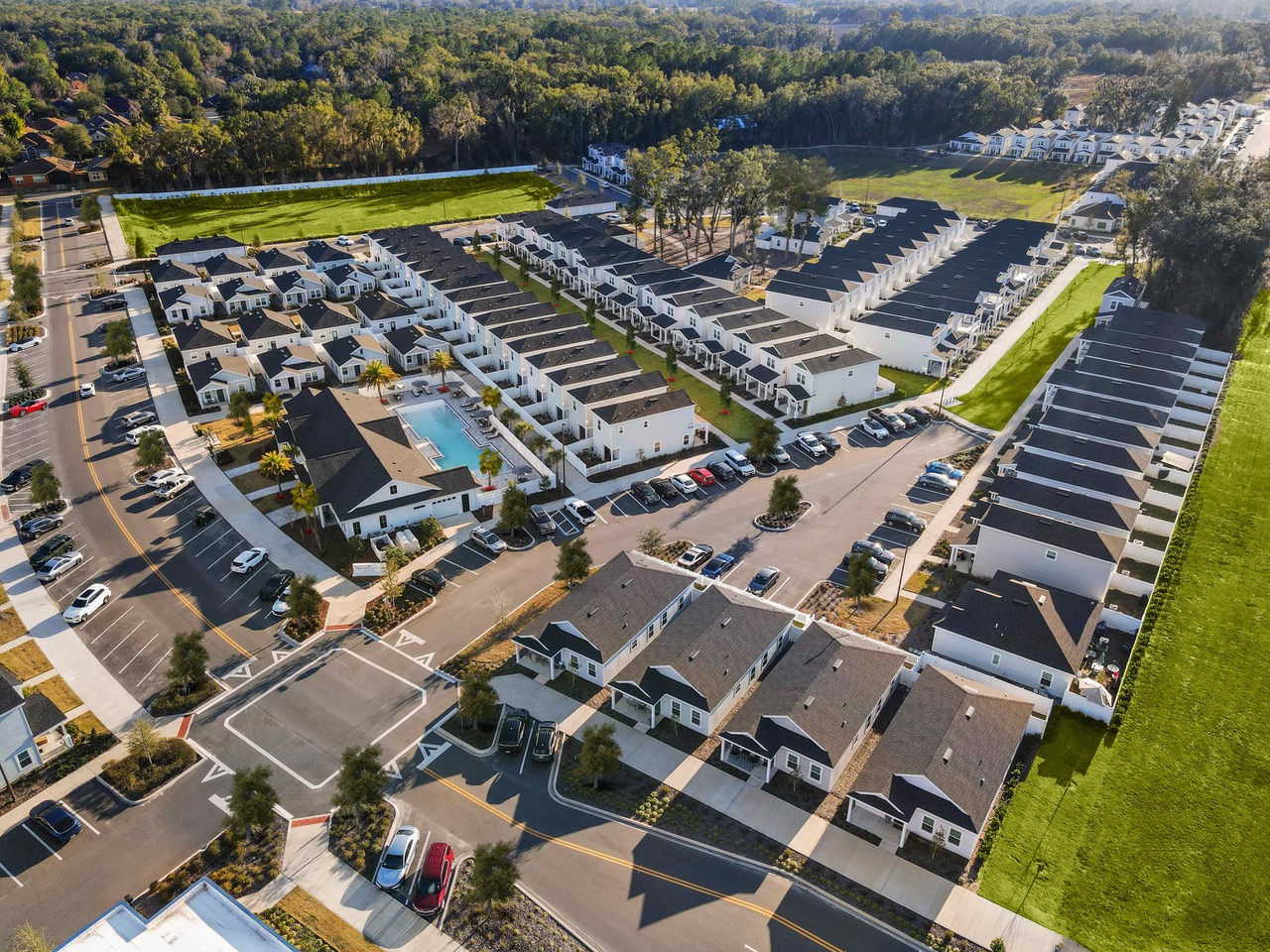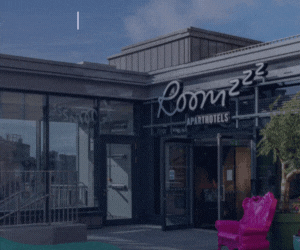UK: Despite the recent updates to the NPPF, the BTR sector is still being held back by obstacles in the planning system, says Andy Jones of Leaders Romans Group (LRG).
Build to Rent (BTR) is the fastest growing property type: recent analysis by the British Property Federation states that the total number of completed units has now surpassed 120,000, a growth of 23 per cent in completed stock over the past 12 months. This was driven by particularly strong completions in Q2 2024. Bearing in mind that the Government’s 300,000 homes per year housebuilding target is likely to be missed at least in the first year of this Parliament (and the Office for Budget Responsibility predicts that the net supply of new homes will drop below 200,000 this year), BTR is clearly very well placed to help meet the Government’s otherwise seemingly unachievable housing. And yet there are many obstacles in the planning process which hinder its progress.
Putting aside that fact that BTR is not immune from the planning policy frustrations which affect all housebuilders – local plans stalled, nutrient neutrality ‘moratoriums’, local planning authority (LPA) ‘lockdowns’ and changing approaches to Green Belt release – there are other issues which impact on BTR directly.
The first, and possibly the most significant challenge in delivering BTR, lies at the heart of the planning system. Planning exists to create well-functioning spaces, to enable social, economic and environmental priorities to shape places and to protect the natural and cultural heritage for future generations. In doing so, long before the now infamous government policy of the same name, it concerns ‘levelling up’: providing public benefits where they are most needed. The system of development taxes and developer contributions requires that this is delivered through the profit made on development.
Sequential testing
BTR communities – which offer a range of property sizes (well suited to multi-generational living) in a sustainable, community-orientated mixed-use setting, often powered by renewable energy – undoubtedly have the potential to create the genuinely balanced communities that planning policy requires. But the central issue facing the developers of those communities which provide a wide range of service solely for residents’ use, is demonstrating how a substantial mixed use development, the co-living components of which are usually created ‘exclusively’ for its residents (as reflected in their service charges) can benefit the wider community. Not only this, but can a scheme which provides leisure facilities and cafés on site support the viability of the local high street? And how will a private (potentially gated) development successfully integrate into the wider community? As part of the planning process, it is possible that local authorities may ask for a sequential assessment to demonstrate that the new community will not over-provide to the detriment of existing services. So in the absence of a policy specific to this unique development type, existing planning policy risks scuppering many developments despite them meeting so many of the Government’s objectives.
Prioritisation of brownfield
A similar policy conundrum exists regarding the ‘brownfield first’ policy. For many reasons it is logical that planning policy favours urban brownfield developments which not only utilise otherwise redundant sites, but bring much-needed footfall and vitality to high streets.
But BTR communities which may lie on the edge of cities are by their very nature, larger than average developments and the range of services and facilities available is determined by the number of residents and rental income. Furthermore, the ‘green’, family-orientated values that define them necessitate a semi-rural environment, usually on the edge of a settlement. So we welcome the changes to the NPPF which support some release of Green Belt, albeit the ‘golden rules’ associated with Green Belt development my impact on viability.
Gaining understanding and acceptance from planning committees
As with any innovation, one of the greatest challenges facing BTR communities is fear of the unknown. Sadly it would not be an exaggeration to say that this may be particularly true of the characters who make up a typical planning committee, and of the local residents who take the greatest interest in planning decisions.
In circumstances in which developers have successfully addressed all planning policy requirements, another significant challenge is communicating that to, and achieving buy-in from, local councillors.
Even if a scheme is recommended for approval, there is no guarantee that it will be understood and accepted by planning committee members, who frequently turn down planning applications against their officers’ recommendations.
Furthermore, the planning system also allows for local residents to input into development decisions, through formal consultations on both Local Plans and individual planning applications.
Local residents may have pre-conceived ideas concerning the traditionally transient nature of rental communities and the demographic profile of those who rent rather than buy their homes. The over-provision of rental homes has already caused consternation in some areas, especially those popular with second-home owners. Those concerned about local house prices may object on the grounds that due to supply and demand pressures, the provision of rental properties may fuel rising house prices to the detriment of those who have not yet bought their own home.
The success of public consultation on a planning application is dependent on good communication. Therefore messaging must include the many benefits that a BTR community can bring – for example, that the product is family-orientated and is frequently favoured by professionals, such as those who might relocate regularly for work purposes – or simply prefer the convenience of a BTR suburban community over the cost and complexities of home-ownership. Development teams should also focus on the many attractions of such schemes including the provision of well-managed and high-quality open spaces and amenities, and should draw a clear distinction with the negative impressions of so-called ‘rogue landlords’ within the private rented sector (PRS) – the very issues which the Government’s support of the BTR sector has sought to address.
A lack of policy
Policy is notably lacking. There are just four references to BTR in the current NPPF, three of which are in the glossary. In the only mention in the body of the 75 page document is in the context of Chapter 5 (Delivering a sufficient supply of homes): “Mixed tenure sites can include a mixture of ownership and rental tenures, including social rent, other rented affordable housing and Build to Rent, as well as housing designed for specific groups such as older people’s housing and student accommodation, and plots sold for custom or self-build. The industry had anticipated that BTR would be addressed more comprehensively in the new government’s revisions to the NPPF, but the new version remains lacking in the importance it attaches to BTR.
And although BTR schemes now exist in 45 per cent of all English LPAs, the majority (London being a notable exception) do not yet have a policy in place, each instead taking a case-by-case approach based on viability. As the sector matures and the BTR suburban communities model becomes increasingly prevalent, affordable housing policies for the sector will no doubt become more established.
Ticking all the boxes
In terms of placemaking, BTR communities are entirely in sync with many evolving policies, including sustainability on multiple levels, ‘building beautiful’ and the concept of the 15-minute neighbourhood – complete, in some cases, with the provision of community hubs and small business incubators. Schemes can also deliver tenancies of a longer duration than is available in the private rented sector, and Affordable Private Rent properties (those priced at least 20% below market rates, including service changes), which are ‘tenure blind’ and ‘pepper-potted’ across a scheme. With many boxes already ticked, the challenge for development teams is to communicate the very real benefits of such communities – both in the context of planning policy and local residents’ preconceived ideas.
Andy Jones is group director, corporate & build to rent, at Leaders Romans Group (LRG)











